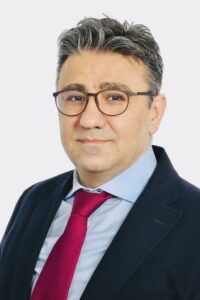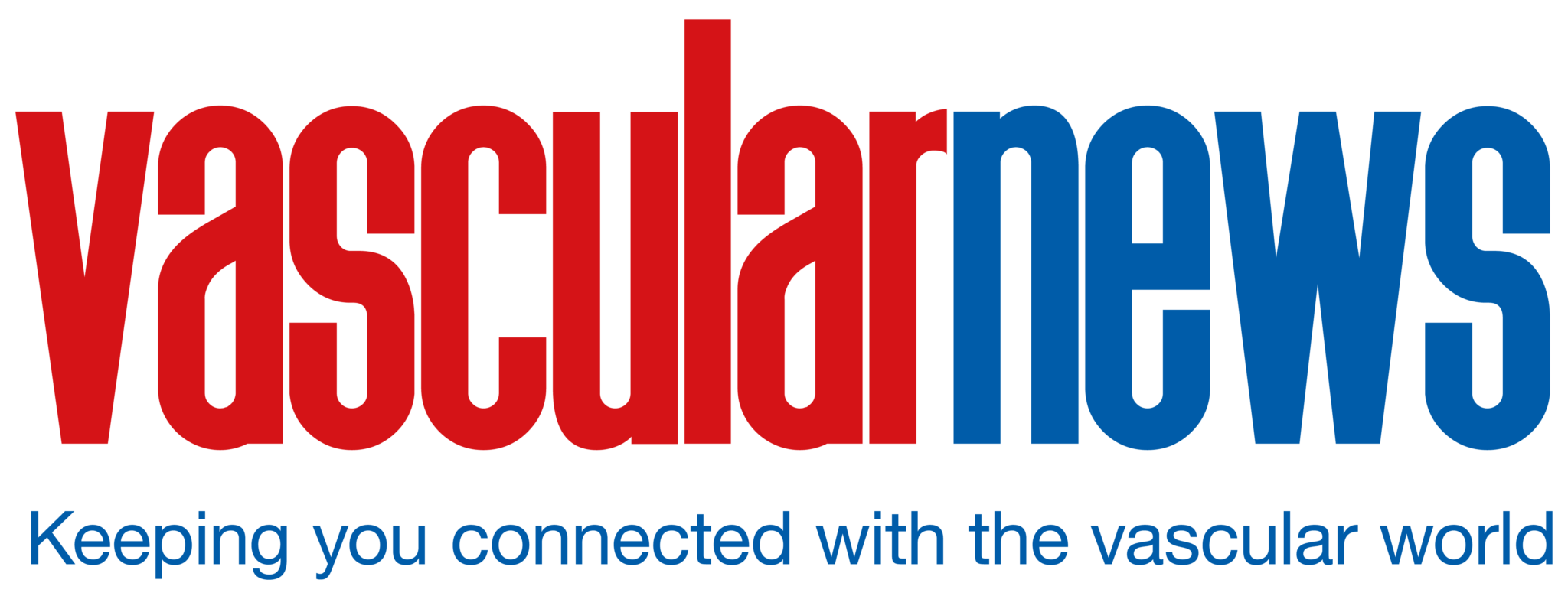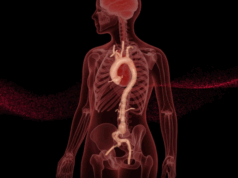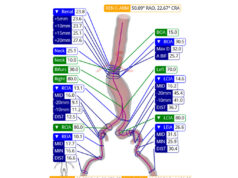
Orwa Falah (Edinburgh Royal Infirmary, Edinburgh, UK), chair of the Edinburgh Aortic Summit (EAS), speaks to Vascular News ahead of this year’s inaugural meeting.
Falah explains that EAS 2025, set to be held 12–13 June in Edinburgh, UK, aims to bring together specialists from vascular surgery, cardiac surgery, anaesthesia, and interventional radiology to discuss “the old, the new and the future” in aortic care. This will involve highlighting advancements in complex endovascular aortic intervention and exploring future developments in aortic care, while also recognising the continued importance of open surgical techniques.
Opening the meeting, Orwa will share insights from the Scottish National Service for Aortic Arch, Thoracoabdominal and Suprarenal Aneurysms, which is based at the Edinburgh Royal Infirmary.
Falah explains that the service, for which he is lead clinician, was established in 2001, at which point it offered only complex open aortic surgery. Since then, the service has evolved to offer all modalities of treatment for the aortic organ within a single, dedicated national programme—including complex open (frozen elephant trunk; FET) and complex endovascular aortic arch pathology treatment, thoracic endovascular aortic repair (TEVAR) and, since 2017, fenestrated and branched endovascular aneurysm repair (F/BEVAR), innerbranched technology, and hybrid treatment, including the new Thoracoflo (Terumo Aortic) hybrid technology. Orwa notes that the service has grown from 18 cases per year in 2001 to approximately 60 cases annually across all treatment modalities. Outcome data have been collected since the service’s inception and are published in the public domain.
“This is the jewel in the crown of the Scottish vascular and cardiac intervention service, and we need to recognise this,” Falah comments, underlining the inception of the EAS as a way to share insights from this “unique” setup at the Edinburgh Royal Infirmary.
Orwa highlights that EAS 2025 is centred around the concept of the aorta as ‘the 24th organ’, as defined by Martin Czerny (University Heart Center Freiburg–Bad Krozingen, Freiburg, Germany) and colleagues in the 2024 European Association for Cardio-Thoracic Surgery (EACTS) and Society of Thoracic Surgeons (STS) guidelines. Czerny will deliver a keynote on these guidelines during the first day of the meeting.
“The aorta has always been treated in bits and pieces, with interventionists not thinking about what impact the intervention they do will have on future interventions,” Falah remarks. “A multidisciplinary team needs to be involved in the aorta, with the specialties engaged in its treatment making decisions together to ensure the patient journey is as smooth as possible and that patients achieve better outcomes.”
He adds: “With the recognition of the aorta as an organ in its own right comes more focused treatment—involving multidisciplinary collaboration and more specialised, rather than haphazard, care.”
Over the course of EAS 2025, there will be sessions on complex open, complex endovascular, and hybrid approaches to aortic treatment. In particular, Falah references a presentation by Stéphan Haulon (Université Paris-Saclay and Hôpital Marie Lannelongue, GHPSJ, Paris, France) on new developments in F/ BEVAR for thoracoabdominal aortic aneurysm repair, including the latest insights on bridging stents.
Elsewhere, Germano Melissano (“Vita-Salute” San Raffaele University of Milan, Milan, Italy) will deliver a keynote lecture on the history of aortic surgery; there will be a full session dedicated to the patient voice, including a presentation from THINK AORTA campaign leader Gareth Owens; and the meeting will close with a forwardlooking session on artificial intelligence (AI) and robotics, featuring a talk from Alan Lumsden (Houston Methodist DeBakey Heart & Vascular Center, Houston, USA).













